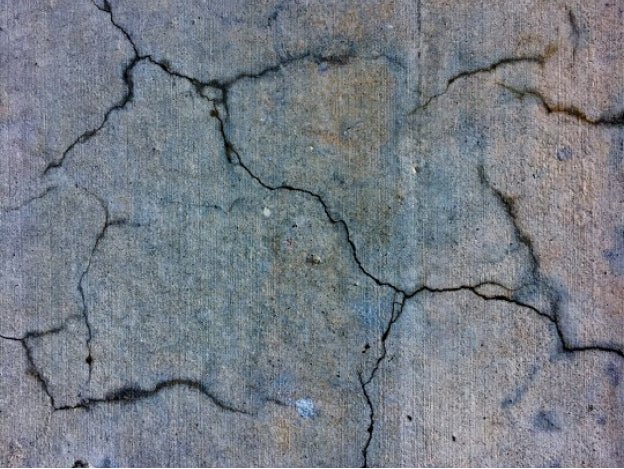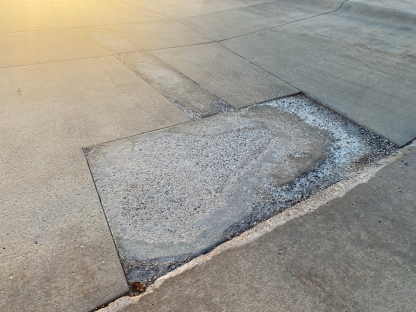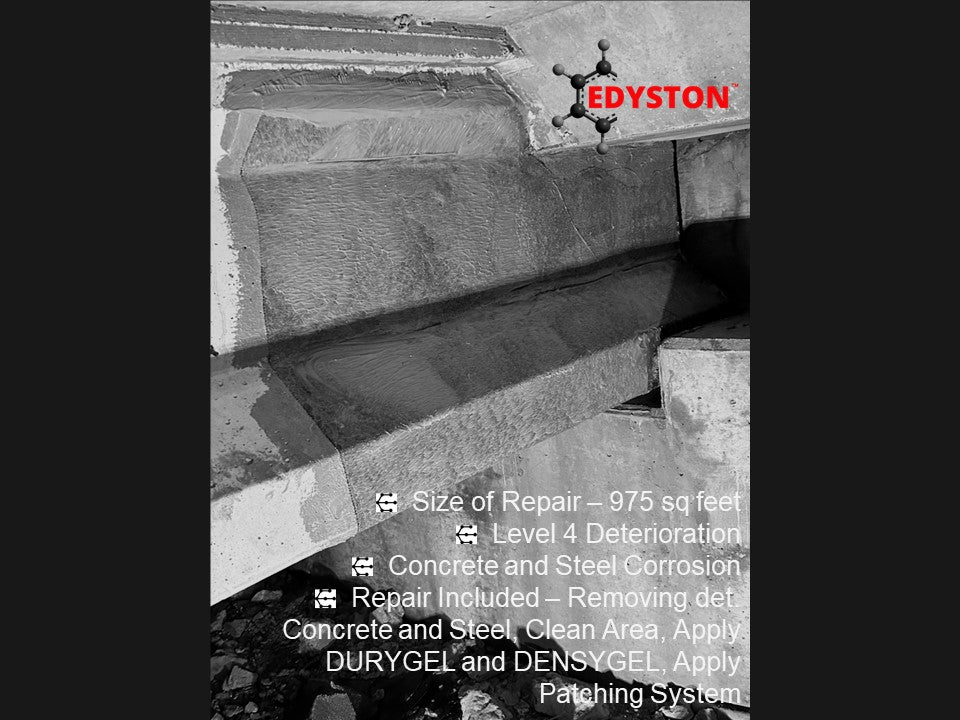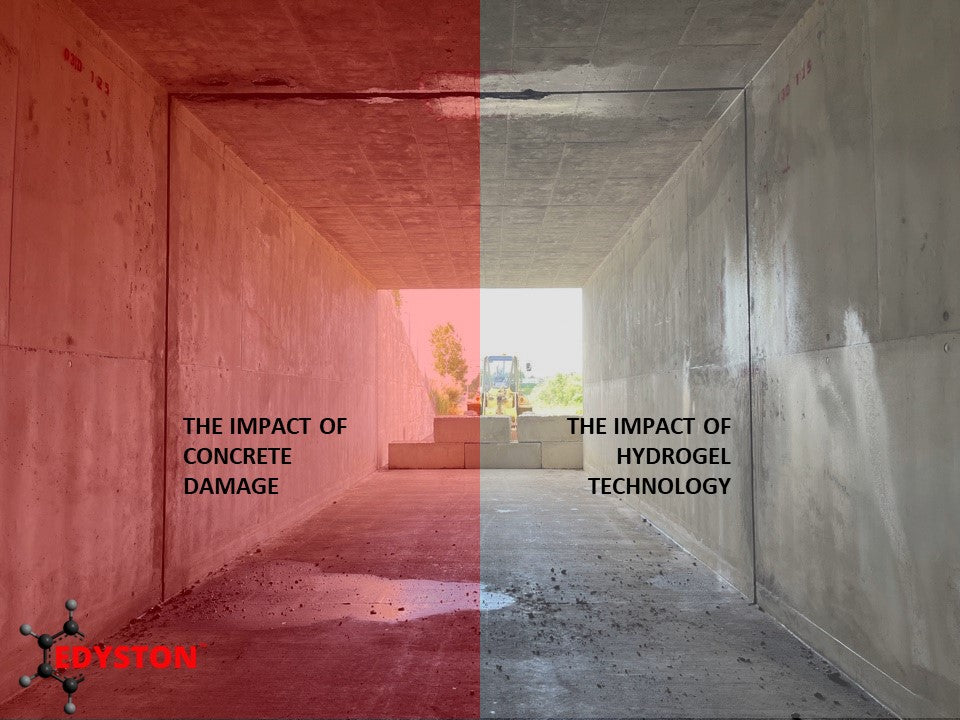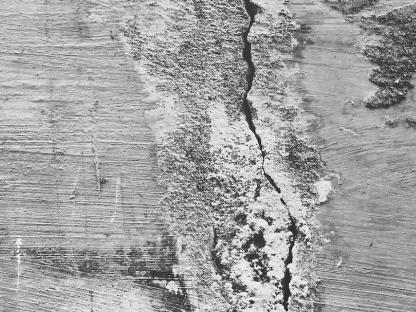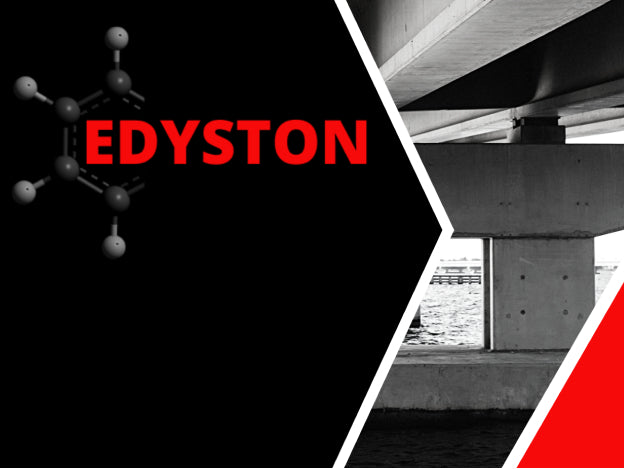Education
What are Hydrogels?
Hydrogels
- Hydrogels are water-insoluble (incapable of being dissolved) three-dimensional networks of polymer chains capable of holding large amounts of water.
- A Silica-based hydrogel is an amorphous and porous form of silicon dioxide (silica), consisting of an irregular 3-dimensional framework of alternating silicon and oxygen atoms with nanometer-scale voids and pores. that contain water. In our case, the water contains the same building that’s required for the development of the backbone of concrete strength and service life; the C-S-H.
The way these hydrogels develop is:
- Deteriorated concrete is brought to a water saturated surface dry condition.
- The saturated pores contain solutions that are rich in soluble alkalis, chlorides, sulfates, and hydroxides.
- EDYSTON is sprayed on the saturated concrete surface.
- The nano-particles in the EDYSTON are drawn into the concrete surface through a combination of physical and chemical phenomena.
- As the EDYSTON and the cementitious pore solution reach a dynamic equilibrium, the hydrogel starts forming.
- Successive application of the EDYSTON increases the rate and volume of the silica hydrogel to fill the pours, voids, and cracks within the deteriorated concrete.
- Because of the composition of the silica hydrogel and the pore solution, the building block of concrete strength, the C-S-H, starts to develop and rejuvenate the deteriorated concrete.

